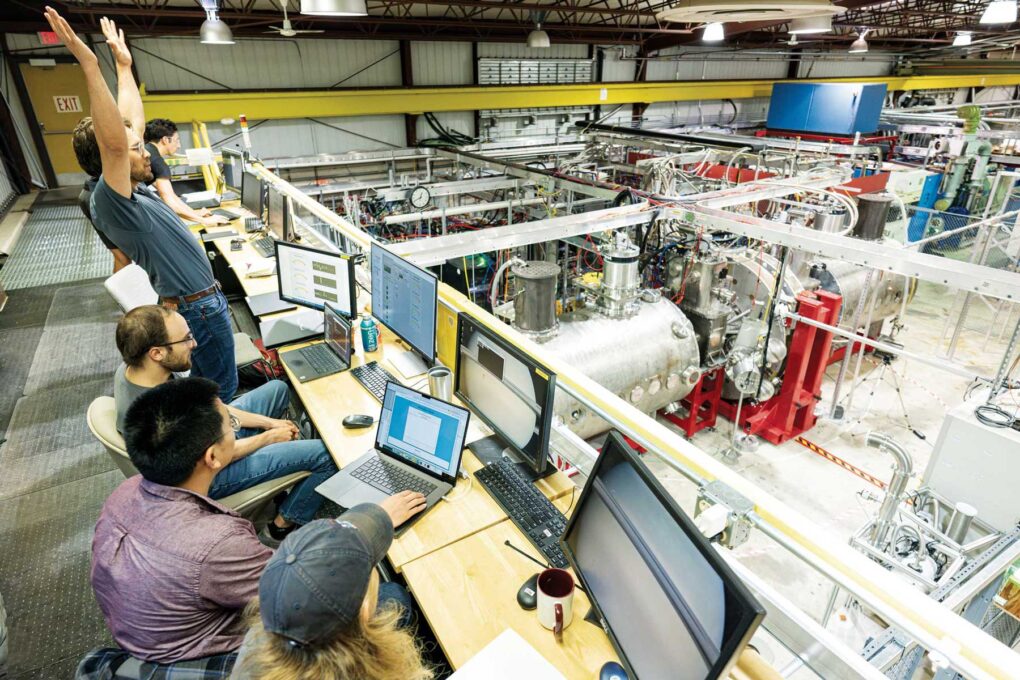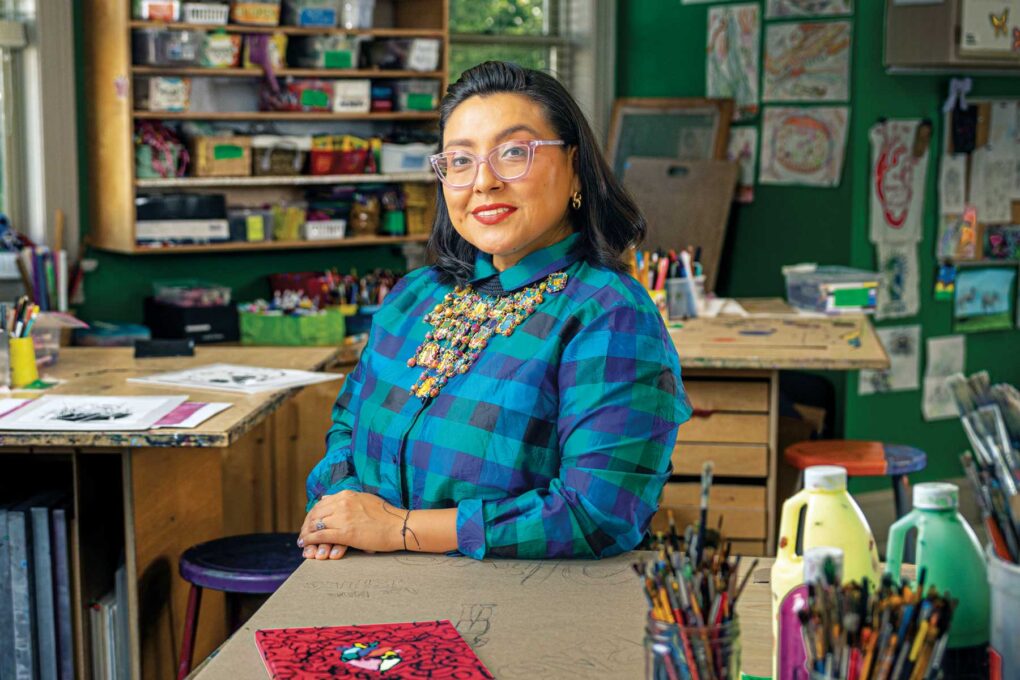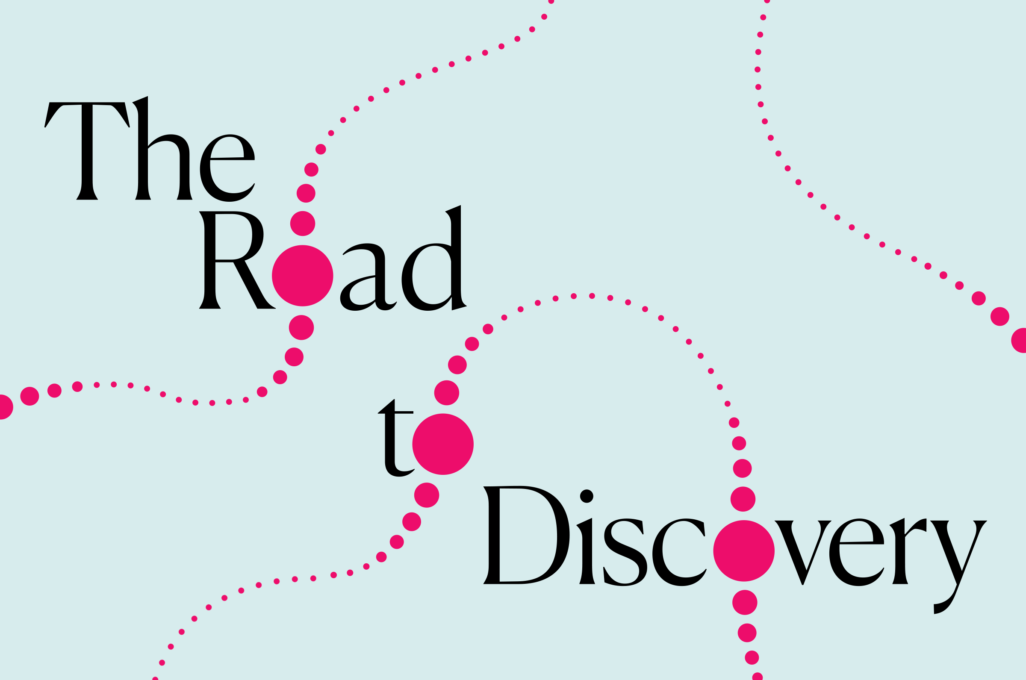1904
The Idea That Started It All
The Wisconsin Idea is UW–Madison’s foundation. It’s the time-tested notion that the work done and discoveries made within the boundaries of the University should stretch beyond campus and directly impact the lives of others. And that idea was sparked by a pair of alumni with strong L&S ties. Bob La Follette (1879) and Charles Van Hise (1879, 1880, MS’1882, PhD’1892) met as undergraduates on campus and were moved by then–University President John Bascom’s belief that the University’s service to the state was a moral obligation. The pair walked the walk when they landed influential roles in the state and University respectively, putting the official philosophy into writing to serve as a guiding light for generations to come. “I shall never be content until the beneficent influence of the University reaches every family of the state,” Van Hise said in 1905.
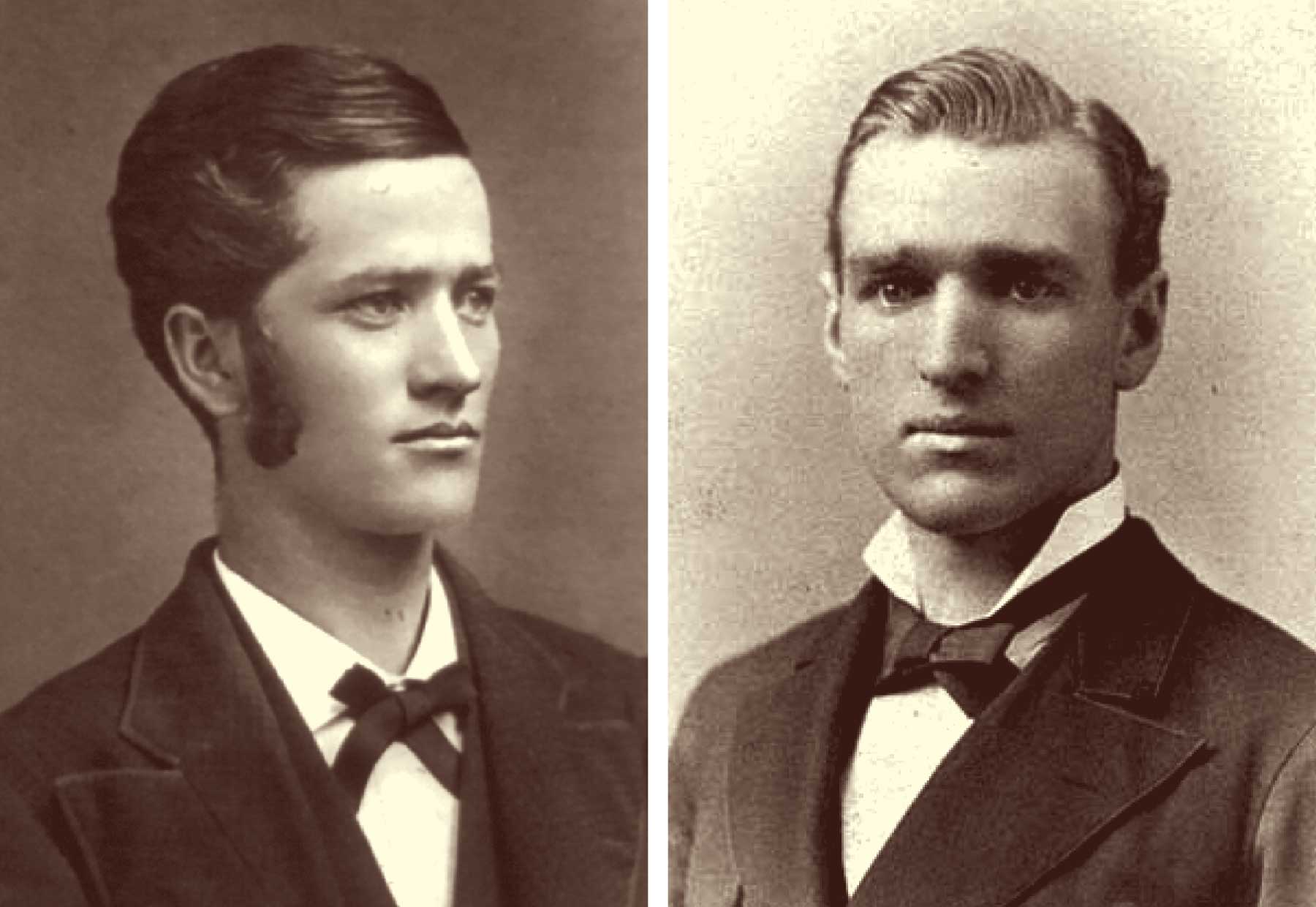
1922
Seeing Stars
The Washburn Observatory was a gift to the University from former Wisconsin Governor Cadwallader Washburn, who made sure the lens was at least as big as a rival telescope at Harvard. Since then, this investment has paid dividends with some of the most cutting-edge astronomical inventions of our time, including the ability to detect and track faint stars that were previously unobservable. This technology, an attachment to the telescope called a photodiode, came from Joel Stebbins while he served as director of the observatory for 26 years starting in 1922. Because of his improvements, his team was able to study eclipsing binary stars, and Wisconsin launched a new era as a force in astronomical discovery.
1935
A Big New Deal
Edwin Witte (1909, PhD’27) — yes, the namesake of the populous southeast neighborhood residence hall — is also known as the father of Social Security. But before he was a trusted advisor under President Franklin D. Roosevelt, he was the protégé of John Commons, a professor of economics and historian of American labor. Witte spent several years working for Wisconsin’s Legislative Reference Library before joining the UW faculty, helping to draft a series of state laws. When he moved to Washington, D.C., he served as the executive director of the committee that was tasked with crafting the legislation that would eventually become the Social Security Act of 1935. He then came back to campus, where he served on the Department of Economics faculty. Today, Social Security has become a social safety net that provides monthly income for about one in five U.S. residents.

1940
That’s All, Folks
Helene Stratman-Thomas transformed the study of folklore by capturing the voices and traditions of everyday Midwesterners. As director of the Wisconsin Folk Music Recording Project (now the Wisconsin Folksong Collection) in the 1930s and 1940s, she traveled the state recording lumberjacks, farmers, immigrants and Indigenous communities, preserving songs that might otherwise have been lost. Her work made the Midwest central to folklore studies, demonstrating the region’s deep and diverse cultural roots. More than an archive, the collection is a living testament to the power of music and story to reflect identity, memory and belonging.
1959
Into Orbit
Verner Suomi — known as the mind behind modern meteorology — was a relentless problem-solver. He once fashioned a propeller out of wood in a pinch when his boat broke down, and he used that nimble brain of his to tackle big questions. A major one on his mind: How much heat is emitted by cornfields? It led to bigger queries about understanding the heat budget of the entire planet, which made him realize he needed to get measurements from orbit. He worked with Robert Parent, an engineering professor, to create the first weather satellites to measure Earth’s radiation balance. Launched in 1959 aboard the Explorer VII satellite, the instrument became the basis of history’s first successful meteorological experiment from space. Without weather satellite technology, we would be in the dark about crucial weather events. The Department of Atmospheric and Oceanic Sciences within the College of Letters & Science remains at the forefront of this crucial field of study to this day.
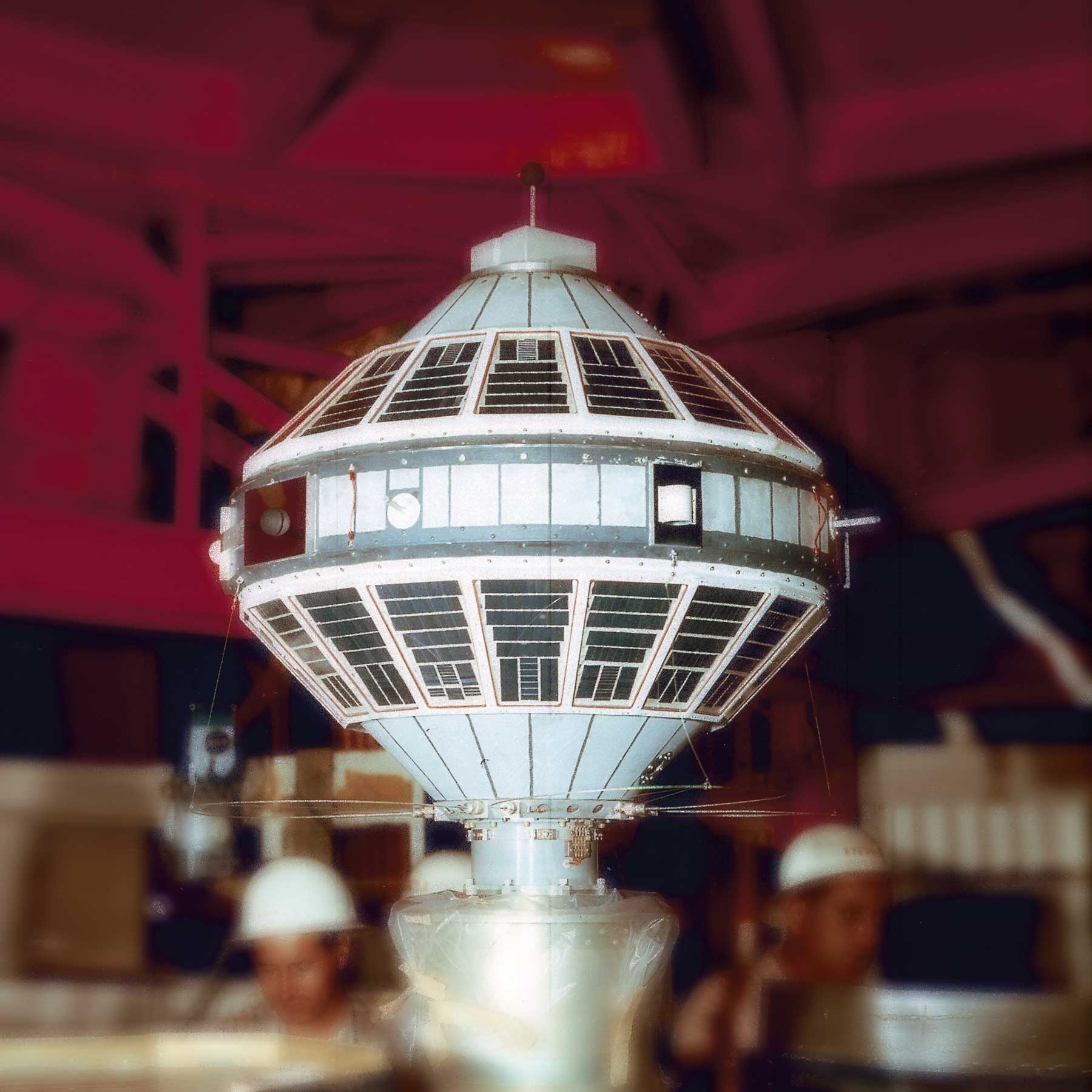
1963
On the Map
When teachers unfurl those giant maps in their classrooms, it’s Arthur Robinson’s (MA’38) design. The professor of geography was on a mission to fit a spherical globe onto a two-dimensional map. For hundreds of years, sailors were depending on maps to navigate the seas, but they were distorting the size of countries and continents in the Northern Hemisphere. Greenland was the same size as Africa, even though Africa’s land mass is 14 times larger. To solve this, in 1963 he reimagined the Earth in an elliptical-shaped projection. And because of his fondness for aesthetics, he beat out a competing map project, and his model was adopted by the National Geographic Society, making it widely used around the globe.
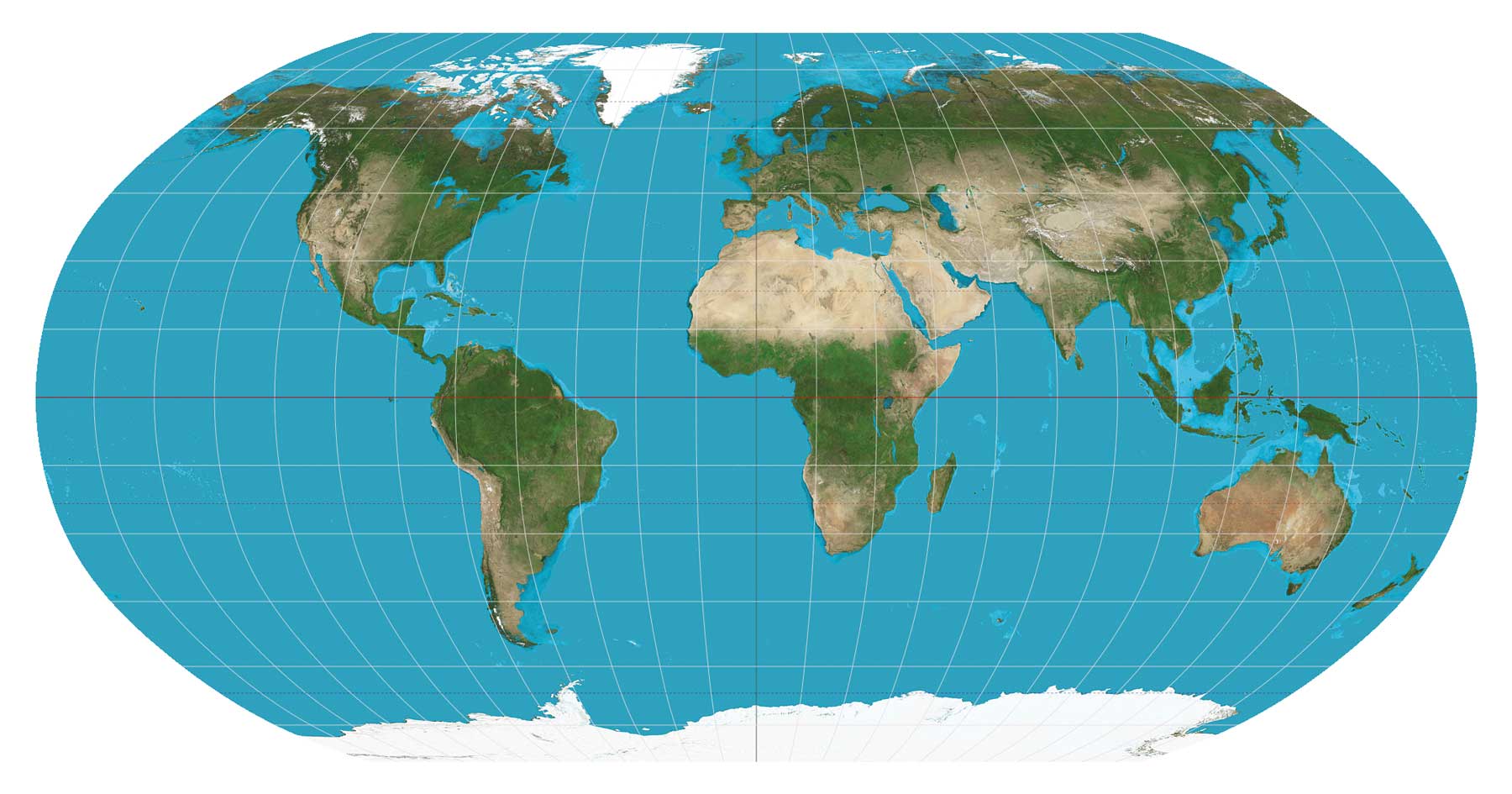
1965
Cognitive Computing
Sister Mary Kenneth Keller (PhD’65) was teaching high school math on the west side of Chicago in the early 1960s when she had a realization: Computers are an increasingly important tool in mathematical computation. This led her to continue her education, eventually becoming the first woman (and only the second person) in the country to receive a doctorate in computer sciences. Her dissertation, “Inductive Inference on Computer Generated Patterns,” was among the earliest academic studies that addressed how computers could be used to mechanize tasks and solve problems. “For the first time, we can now mechanically simulate the cognitive process,” she wrote. “We can make studies in artificial intelligence.”
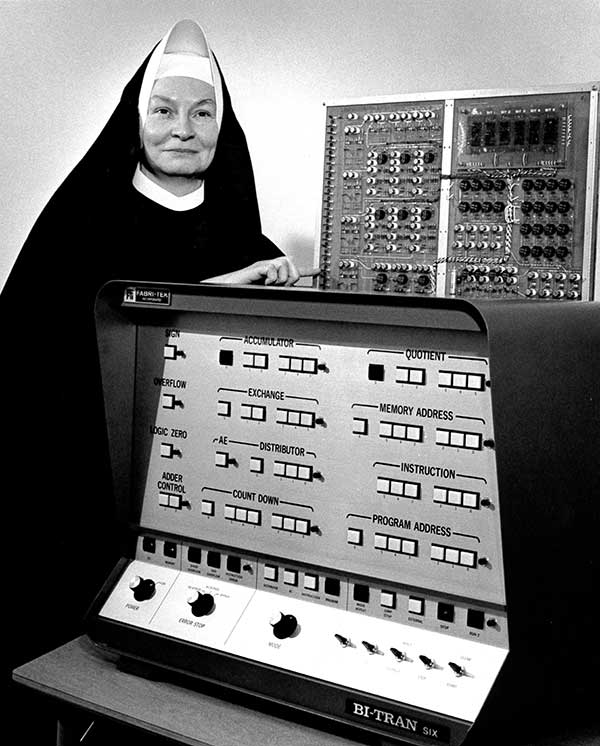
1967
Founding a Field
UW–Madison founded the first program in African history in the country, and that’s thanks to the tireless work of scholars Jan Vansina and Philip Curtin. The prevailing belief at the time is that cultures without texts had no history, but these two fought against the norm and insisted that it was possible to study African history in the era prior to European contact. After founding the field, Vansina went on to be a trailblazer in research, writing more than 200 articles and 20 books. He was the first historian to tackle the challenge of reconstructing the past of societies in the rainforest over several millennia.
1968
Spaced Out
In the midst of the Space Race, a plucky band of UW–Madison astronomers helped design the world’s first autonomous space-based astronomical observatory. Led by Arthur Code, a professor of astronomy, they built a suite of telescopes that would be launched aboard NASA’s Orbiting Astronomical Observatory 2 (nicknamed Stargazer). This work launched the field of space-based astronomy and opened the doors for future projects like the Hubble Telescope and James Webb Space Telescope, which also had UW–Madison members playing crucial roles in their development.
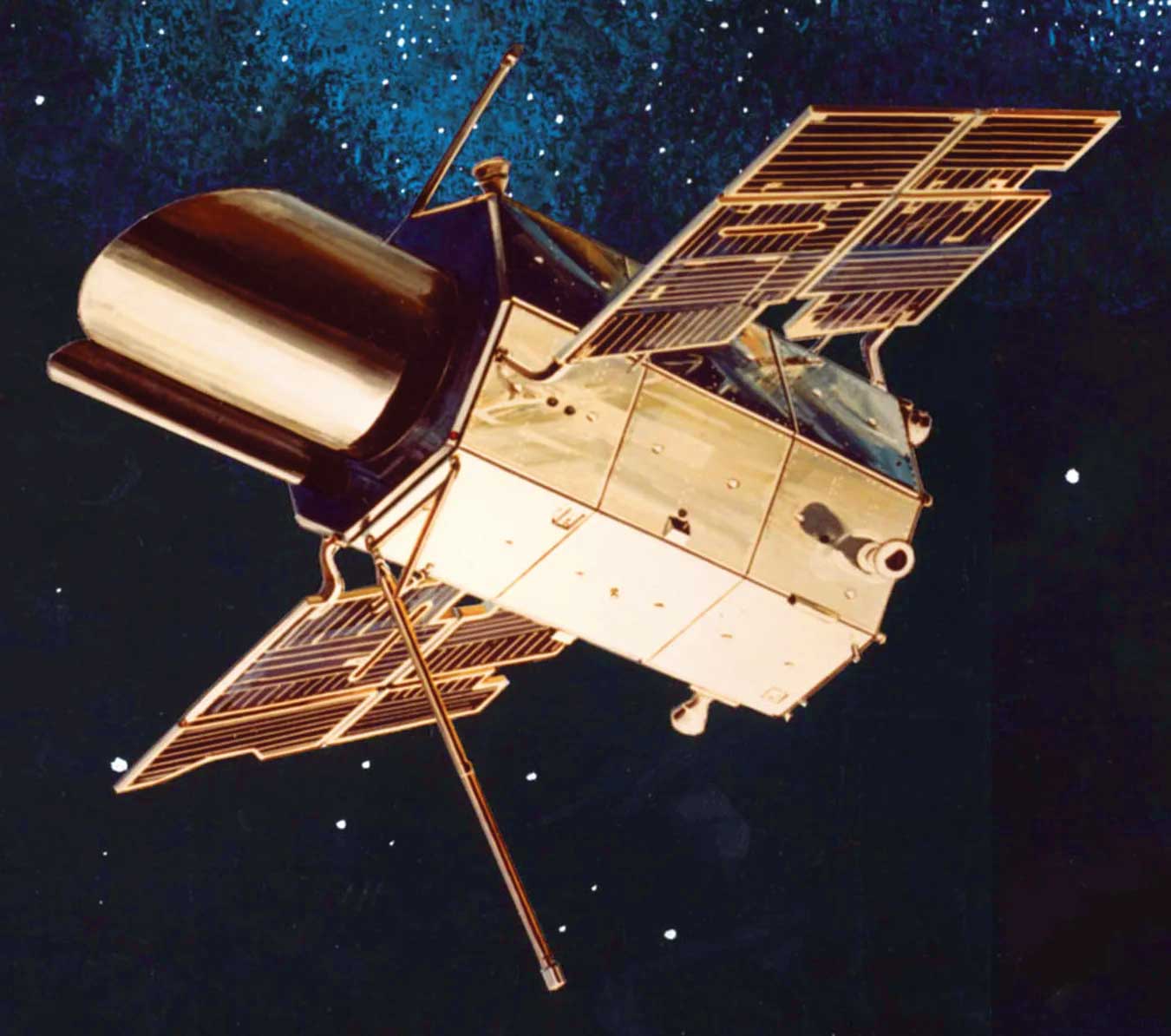
1973
A Lasting Legacy
Ada Deer (’57, Honorary PhD’74) was a groundbreaking leader, activist and educator who reshaped Native American policy and representation in the United States. A member of the Menominee Nation and the first Native American woman to head the U.S. Department of the Interior Bureau of Indian Affairs, she played a pivotal role in securing the Menominee Restoration Act, restoring her people’s sovereignty after decades of termination. At UW–Madison, she inspired students through teaching and mentorship, showing how scholarship and activism could work hand in hand. Deer transformed policy and education alike, leaving a legacy that inspires, and challenges, us to carry her work forward.
1975
A New Look at World War II
George L. Mosse reshaped the way we understand modern European history. A brilliant, fearless scholar, he illuminated the cultural and intellectual forces that fueled fascism, nationalism and racism in the 20th century. His work revealed how myths, symbols and ideas shaped mass politics, and why they still echo today. A beloved teacher at UW–Madison, Mosse inspired generations of students to think critically about history’s power in everyday life. His scholarship remains foundational — challenging, provocative and deeply human — reminding us that history is not distant but always entwined with the present.
1978
A Bit Corny
Hugh Iltis, a fiery botanist with a passion for conservation, might be best remembered for his hands-on teaching style and work saving bald eagle populations, but his plant explorations led to crucial discoveries that impacted long-term agriculture. He discovered two species in the tomato genus, including one that proved to have a trait sought in the canning industry. His most exciting find involves his famous holiday card, which portrayed a perennial species of teosinte — an ancestor of corn — and described it as “extinct in the wild.” A botanist in Guadalajara showed the card to his students and challenged them to prove Iltis wrong. And they tried, eventually inviting him to ride a horse in the mountains and co-discover a new perennial species of corn. It resisted a series of viruses that afflicted corn and could crossbreed with the corn crop to offer great environmental advantages in preserving soil and reducing fuel use. In 1979, this discovery made the front page of the New York Times.
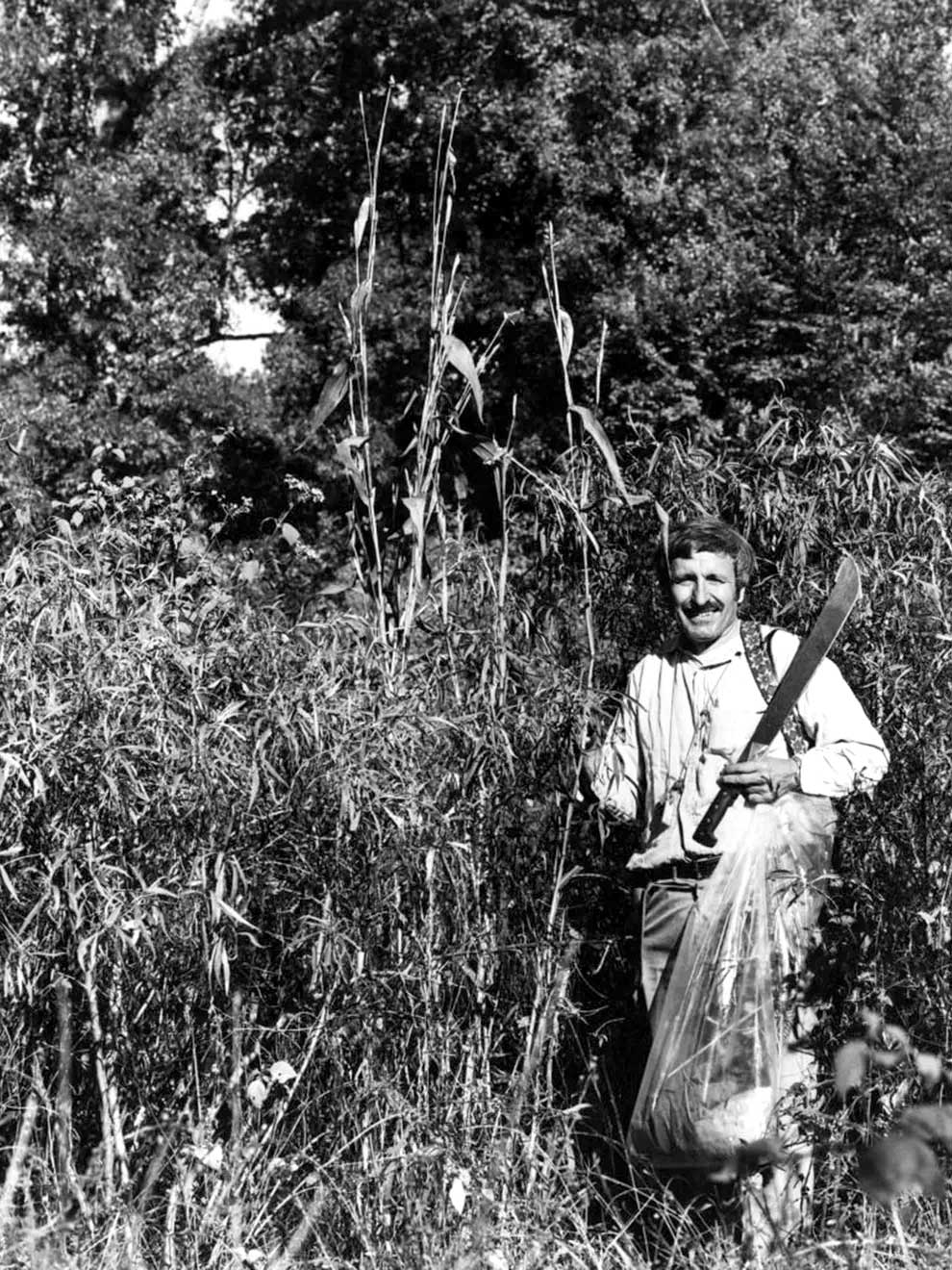
1981
Lake Life
Wisconsin has some of the best studied lakes in the world, and that’s largely thanks to the Center for Limnology, the Trout Lake Station research center in Vilas County and the massive dataset created and maintained by the North Temperate Lakes Long-Term Ecological Research (NTL-LTER) program. NTL is part of the larger LTER network funded by the U.S. National Science Foundation since 1981, which makes it possible for researchers to be in the right place all the time. Because of this wealth of information, researchers can track in real time the challenges facing our precious freshwater resources. For example, researchers were able to assess and address increased salt content in lakes and how it interrupted the stratification process in the spring.

1983
Writing Environmental History
William Cronon (’76) challenged the way we think about environmental history and how we inhabit the land. Before his books Changes in the Land (1983) and Nature’s Metropolis (1991), it wasn’t commonplace for scholars to discuss the inseparable nature of humans and the environment. Inspired by his upbringing in Madison and the teachings of great professors like Aldo Leopold, he showed that “wilderness” is never untouched, that cities are ecosystems and that the histories we tell about the environment shape the futures we create. Cronon made environmental history vivid, urgent and impossible to ignore, and he is often considered one of the founders of the field.
1996
More Than Stories
Nellie Y. McKay redefined the landscape of literary studies. As a co-editor of the landmark Norton Anthology of African American Literature, published in 1996, she ensured that Black voices — and especially those of Black women — stood at the center of the canon. McKay was a trailblazer whose scholarship and teaching opened new fields of inquiry, reshaping how identity, race and culture are studied in American literature. Her work was not just about recovery, but about recognition, making clear that these stories were foundational to American literary history, not marginal. McKay’s legacy endures in the discipline she transformed and in the countless students and scholars she inspired.
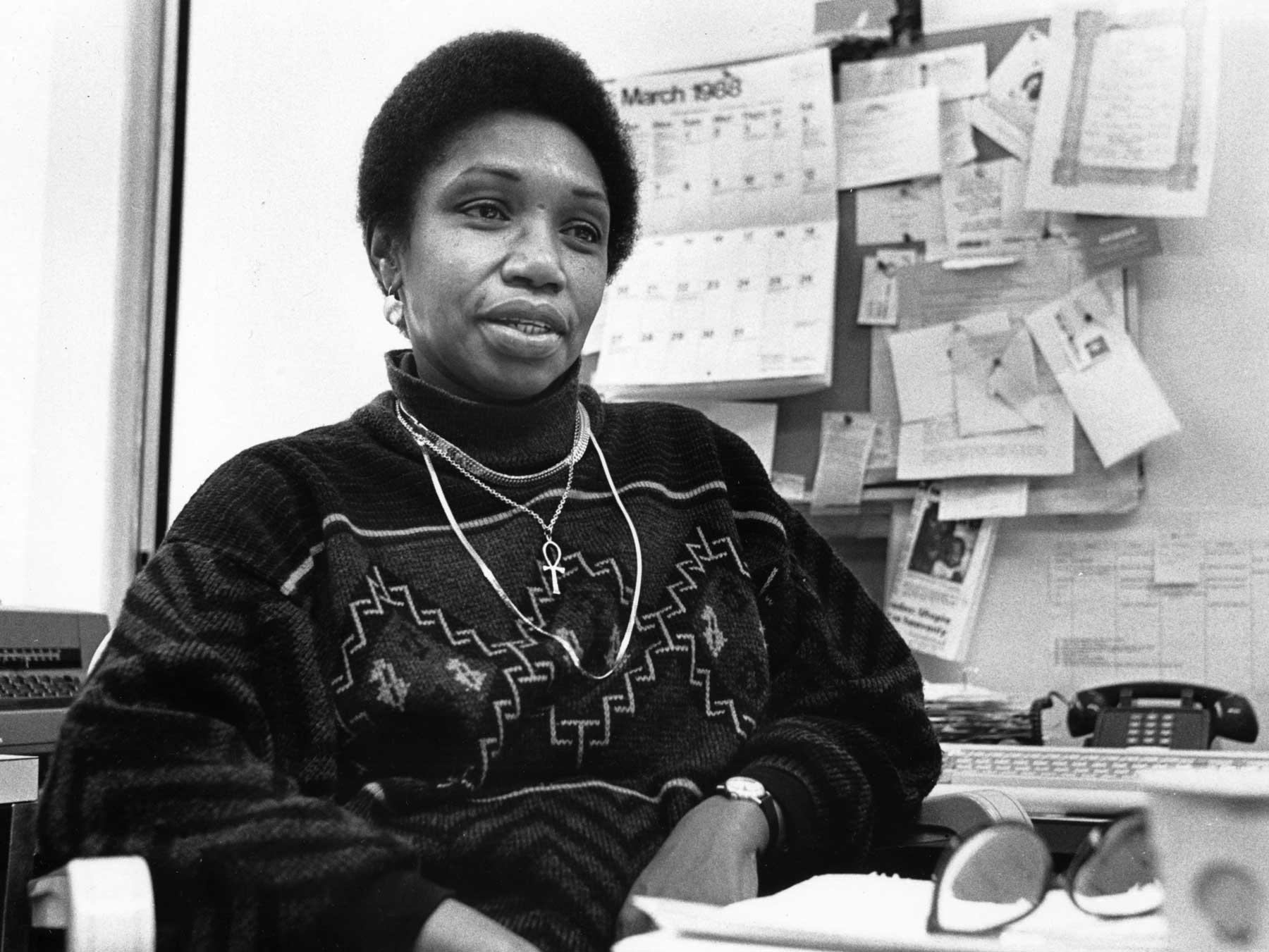
1996
Disrupting Alzheimer’s Disease
Emeritus Professor of Chemistry Laura Kiessling teamed up with Regina Murphy, a professor of chemical and biological engineering, to tackle a disease that afflicts millions of Americans. Alzheimer’s manifests itself through progressively impaired memory, leading to mental confusion as the disease systematically destroys the brain one cell at a time. The pair’s 1996 study revealed a way to disrupt the aggregation of proteins that form the poisonous plaque deposits found in the brains of Alzheimer’s patients. This breakthrough has played a crucial role in efforts to make more effective treatments to help people struggling with the disease.
2019
Training Your Brain
What makes a mind healthy? Building a scientific framework to understand how human flourishing can be nurtured is the heart of the work happening in the Center for Healthy Minds, a research center founded in 2019 and led by Richard Davidson, the William James and Vilas Professor of Psychology and Psychiatry. A friend and confidant of the Dalai Lama, Davidson has made his expertise and techniques widely available through the Healthy Minds app. It’s a free tool that’s been downloaded more than a million times by people looking to train their brain.
2024
First Plasma
It was a big moment last year when UW–Madison’s fusion energy research marked a major milestone: first plasma. The project, led by Professor of Physics Cary Forest (’86), aims to decarbonize the energy sector, and this was a huge step in that direction. The research is being conducted by the Wisconsin HTS Axisymmetric Mirror (WHAM), which started in 2020 as a partnership between UW–Madison, MIT and the company Commonwealth Fusion Systems. Now, WHAM will operate as a public–private partnership between UW–Madison and spinoff company Realta Fusion Inc., positioning it as a major force for fusion research.
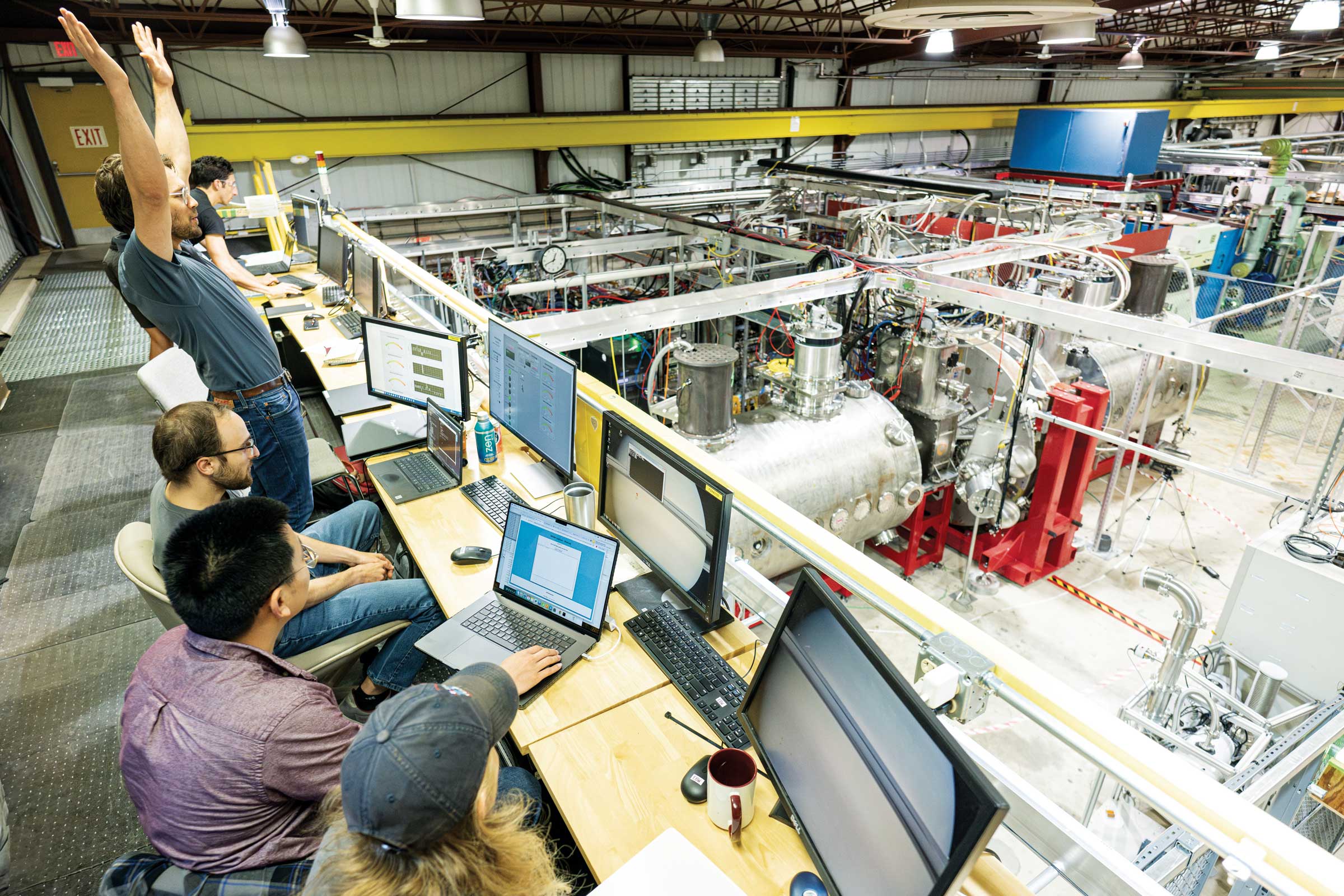
2025
Laser Focused
In 2025, lasers are essential. They support research, healthcare and more. Thanks to an international collaboration led by scientists in the Department of Physics, they just got faster. The study, led by Uwe Bergmann – the Martin L. Perl Professor in Ultrafast X-ray Science in the Department of Physics – and Associate Scientist Thomas Linker, generated the shortest hard X-ray pulses to date through the first demonstration of strong lasing phenomena. This advancement can be applied to quantum X-ray optics, visualizing electron motion inside molecules and more.
2025
Recycling Batteries Better
How do you recycle the lithium batteries that power things like electrical vehicles? Until recently, there wasn’t an answer. But Professor of Chemistry Kyoung-Shin Choi leads a research team that has found a way to use an electrochemical process she developed to recycle lithium from certain types of EV batteries efficiently and — also important — inexpensively. Choi’s process follows similar electrochemical approaches she used in her previous research on desalinating ocean water to remove chloride and phosphate from wastewater. Now, the team has applied for a patent and is working toward a commercial model, which has already received interest from battery and car manufacturers.
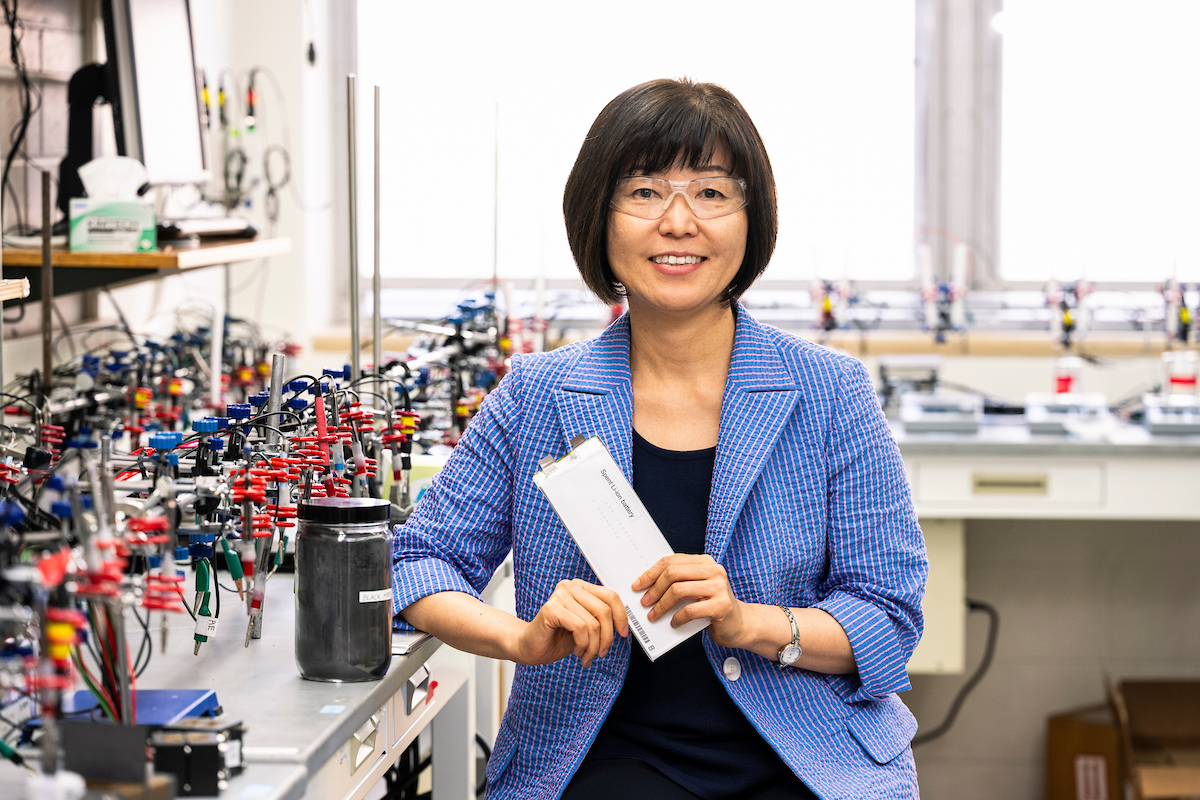
The road to discovery is long and, while sometimes indirect and unpredictable, leads not just to a better understanding of ourselves and the world around us, but to ultimately improving lives and driving economic development.
Moving Forward
Researchers in L&S are continuing this important work, and there are many discoveries yet to come. Here are three arms of research to watch:

The Living Refinery
Researchers from across campus are coming together for a project that could help overcome dependence on fossil fuel chemical production. Led by Professor of Botany Hiroshi Maeda, the idea is to create what they’re calling a “living refinery,” which is a plantbased way of using energy from the sun to convert atmospheric carbon dioxide into aromatic compounds.
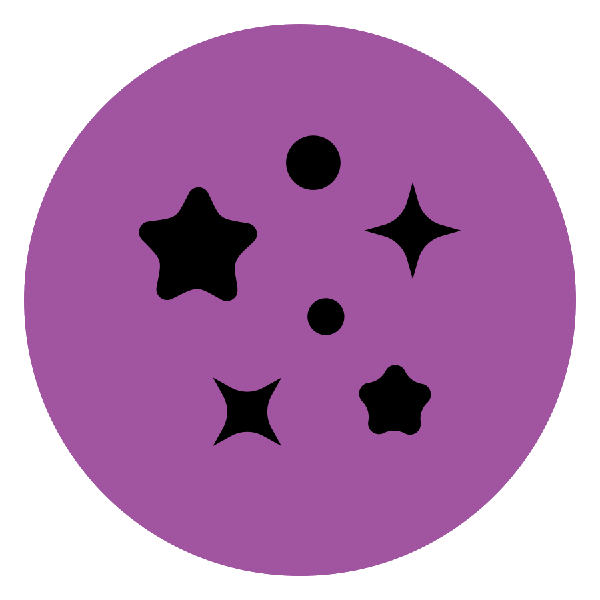
Origin Stories
Are we alone? Where do we come from? Why are we here? These are the types of questions being tackled by scientists in the Wisconsin Center for Origins Research (WiCOR), and they intend to get answers. The multidisciplinary center brings together minds from seven L&S departments.
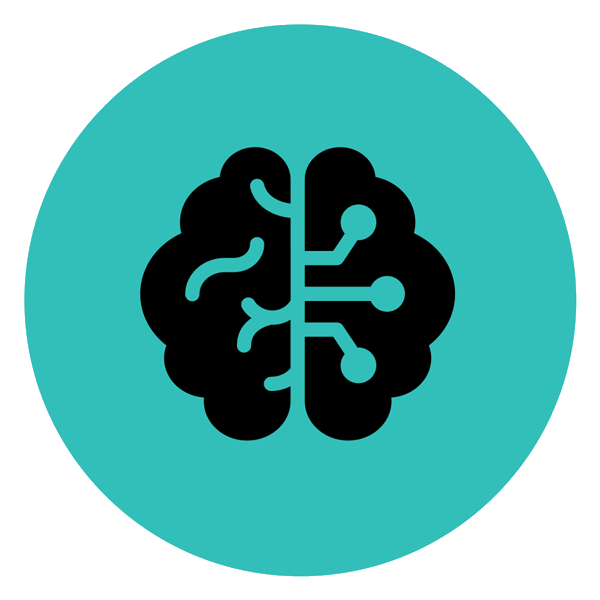
The Human Side of AI
The ethics, long-term impact and history of artificial intelligence are just a few of the topics being investigated by the College of Letters & Science’s new Center for Humanistic Inquiry into AI and Uncertainty.

